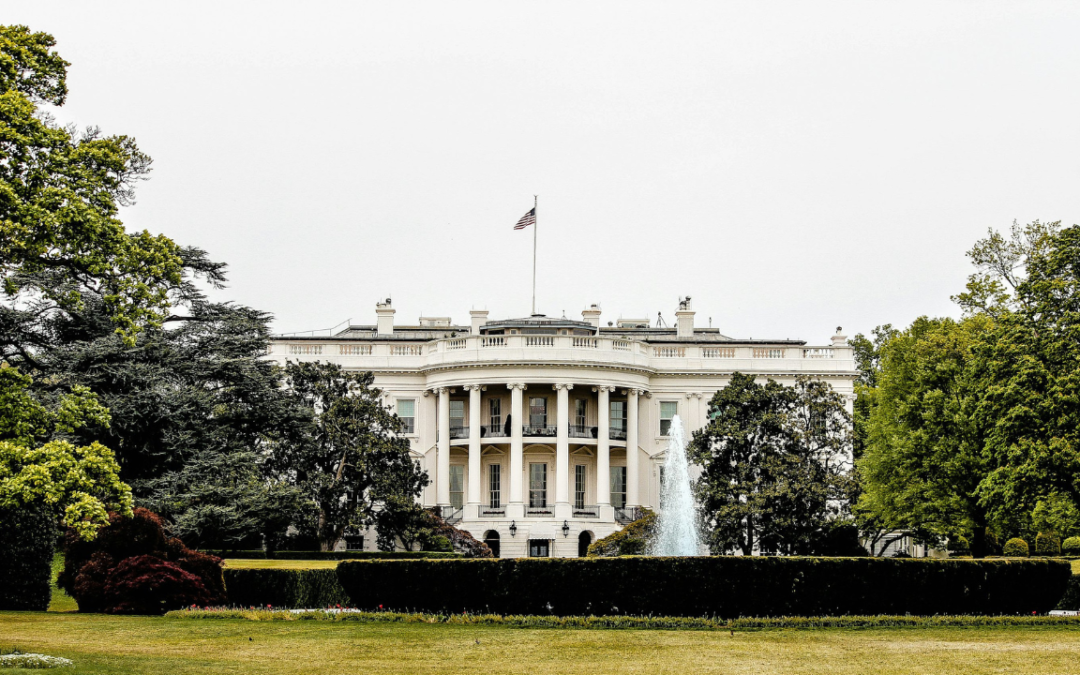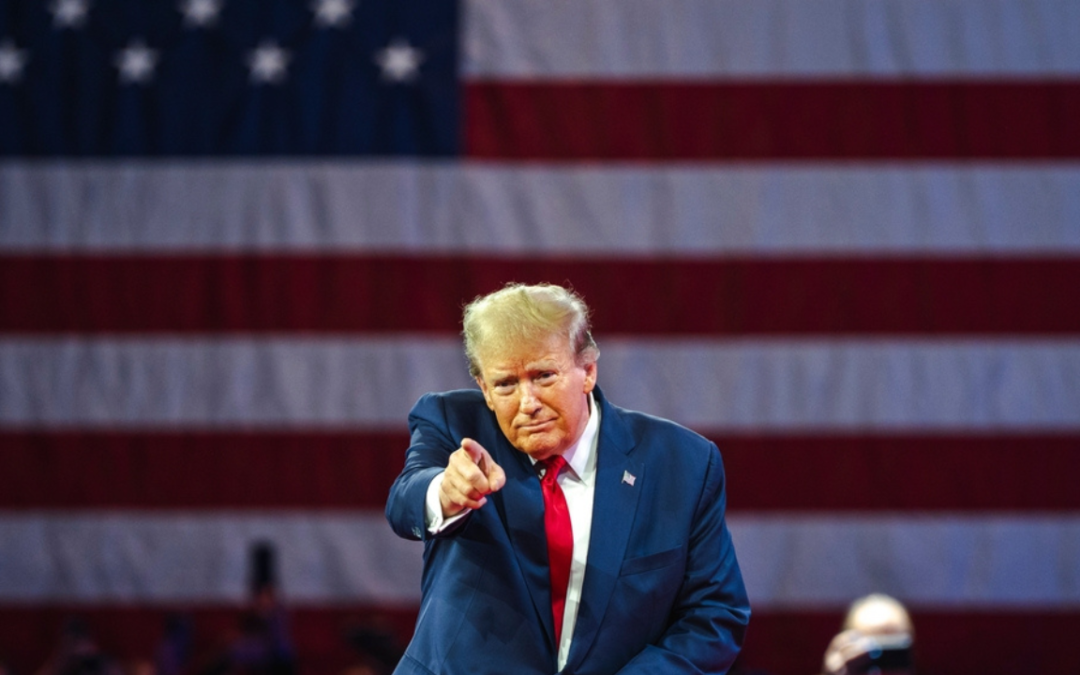Let’s get straight to the point. When it comes to tariffs, there is only ugly. There is no good, nor even any bad.
Sorry for the misleading title.
And let’s make another point clear. The fact that President Biden continued the 2017-2019 Trump tariffs does not affect their appearance. Ugly is absolute. It is not in the eye of the beholder.
Which brings us to a third point: More tariffs are even uglier. There is no lipstick that can make the pig that is tariffs ‘beautiful’, as Trump prefers to call them. So, if President-elect Trump ushers in new, higher, or broader tariffs in 2025, we should be dismayed.
Ok, now let’s consider why the preceding conclusions are correct.
The arguments
Let’s begin with a bit of tariff theory, because in theory it is possible to have ‘good’ tariffs.
One defensible case for tariffs exists when imports might diminish the ability of the domestic economy to produce items essential for the national defense or to preserve national security.
A second reason is when the industry to be protected is of potentially enormous national value because the broad benefits of its growth would far exceed the cost of the tariffs.
Neither case applies to washing machines, solar panels, steel, aluminum, or forest products, all of which were subject to the 2017-2019 Trump tariffs. And, surely, any suggestion of across-the-board tariffs against all imports from many countries manifestly does not meet either theoretical case for imposing tariffs.
Still, tariff lovers are not dissuaded. They typically counter with variants of the following two arguments.
First, they claim that tariffs on adversary nations are warranted because cutting US imports from countries such as China will weaken their economies and hence diminish their ability to compete militarily or strategically against the United States.
To which the appropriate rejoinder is:
How did that work against Japanese aggression in the 1930s? (Best posed with Sarah Palin-like mocking tones.)
Moreover, it takes an implausible degree of imagination to believe that tariffs on solar panels will diminish China’s ability to engage in territorial conquest, proxy war, an invasion of Taiwan, or any other potential act of military force that threatens US interests. Even across-the-board tariffs on China are unlikely to sufficiently harm its economy, whose GDP is roughly four-fifths comprised of domestic demand.
The second case made by tariff-lovers is that they impose a tax, which they claim is paid by foreigners (exporters), generating helpful revenues for the US federal government.
Rubbish.
A tariff is paid by importers, not exporters. Americans, not the Chinese, nor the Canadians, Mexicans, or Europeans, paid for the tariffs imposed by the Trump Administration in 2017-2019. The country that imposes tariffs foots the bill.
In short, the theoretical case for tariffs—be it to protect strategic industries, promote national security interests, or boost tax revenues from non-US sources—was not even remotely met by the first round of Trump tariffs imposed from 2017-2019. And since the arguments made today by President-elect Trump and his advisors have not changed, why should anyone believe that the outcome will be different this time?
The evidence
So, let’s explore a bit more closely what happened last time, as a guide to what may await us in the years to come.
The initial wave of Trump tariffs began in 2017, when 24% tariffs were imposed on lumber from Canada. In January 2018 the Trump Administration placed additional import duties ranging from 10-50% on washing machines and solar panels, mainly impacting imports from Korea and China. In March of 2018, tariffs were imposed on steel and aluminum imports from various countries, which were extended in June of that year to include Mexico, Canada, and Europe (the EU).
In a recently published National Bureau for Economic Research (NBER) working paper, a team of economists found that those tariffs did not increase employment in the protected sectors (i.e., in the US washing machine, solar panel, lumber, steel, or aluminum industries), and actually lowered employment nationally.
The lost employment occurred mainly because countries hit with tariffs responded in kind, primarily by imposing import duties on American farm exports. Faced with weaker demand for their goods, farmers responded by laying off workers. Job losses were also recorded in ancillary sectors, such as agricultural warehousing and transportation.
To make matters worse, not only did US farm employment drop, it fell despite a $23bn subsidy via the Farmers Market Facilitation Program (FMFP), which the Trump Administration hastily cobbled together to assist farmers hurt by trade retaliation.
To repeat, the 2017-2019 tariffs destroyed jobs and made it necessary to spend taxpayer money to bail out those hurt by the collateral damage of an unprovoked trade war initiated by the Trump Administration.
A separate NBER paper calculated the winners and losers from Trump’s folly. The net loss due to tariffs amounted to $57 per US household by 2019. It subsequently rose to $103 per US household in 2022.
That may seem like small beer. But note that it is a net loss, and therefore accounts for gains accrued from the relocation and redistribution of previous foreign production into the US. Whatever the benefits were to some states or US regions from Trump’s tariffs, their overall impact was to make America worse off.
In a further study, economists found that the net loss to consumer welfare from Trump’s first trade war amounted to $3bn per month, split between higher prices and lost purchasing power (just over half of the loss experienced by consumers), and lost consumer surplus (the estimated utility loss of forgone consumption that would have occurred at lower prices).
Washing machines illustrate the point. The average retail cost of new appliances was falling steadily in the US during the half dozen years before Trump’s 2018 tariffs. Over the following two years, the average cost of those same appliances rose 13.4%. According to economists’ estimates, that price jump was due to tariffs, the cost of which was fully passed along to the consumer.
In a 1978 speech at Kansas State University—hardly a hotbed of radical economics—Nobel Prize-winning economist Milton Friedman noted:
“We call a tariff a protective measure. It does protect; it protects the consumer very well against one thing. It protects the consumer against low prices.”
Tariffs are a bad idea. Almost always. And they are worse than bad when they are applied for dumb reasons, including lazy thinking about national security or mistaken beliefs about sources of government revenues.
In those cases, tariffs are simply ugly.



